How to Make Vision Boards Work: The Neuroscience Guide
Vision boards have a reputation problem. They're filed under manifestation, which means half the internet thinks they're magic and the other half thinks they're nonsense. Neither is right. Vision boards work, but not because the universe is listening. They work because your brain is filtering 11 million pieces of information every second, and you can teach it what to look for.
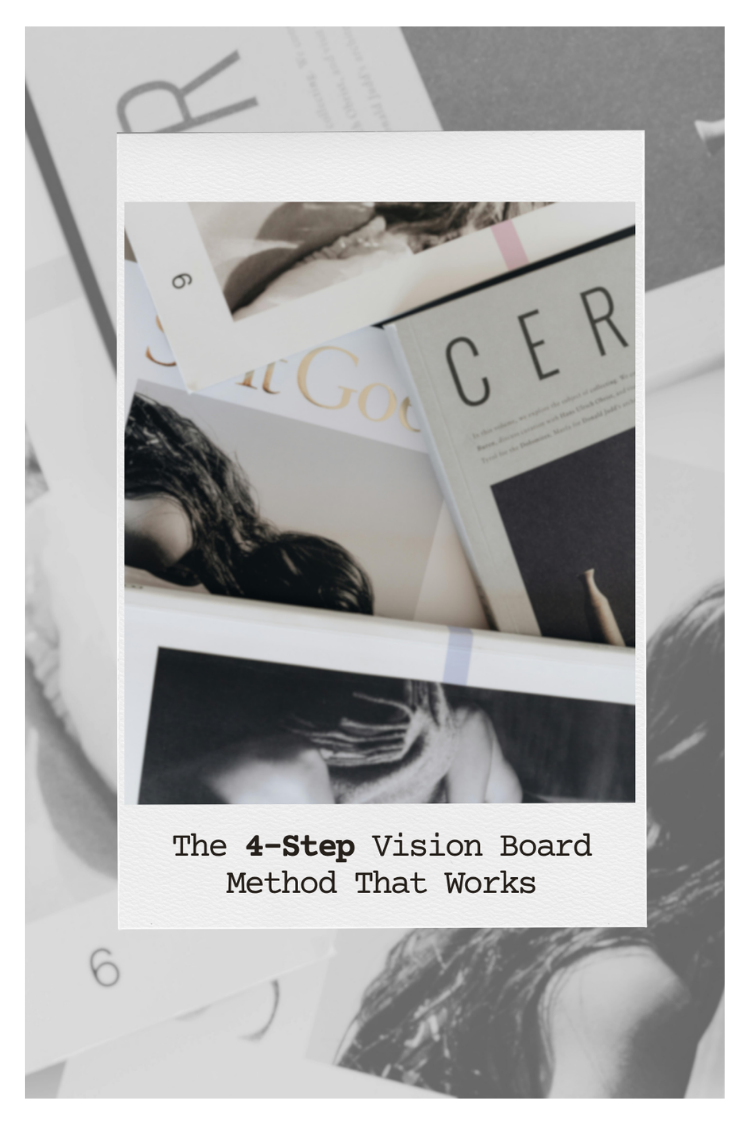

Our editor Sarah made a vision board three years ago. Within the first year, she'd moved to a new neighbourhood and started pottery classes. Two years in, she left her finance blog job. Six months ago, she landed at The Ritualist.
Sarah is practical, slightly cynical, the sort of person who colour-codes her calendar and tracks her expenses in a spreadsheet. When she says the vision board "worked," she doesn't mean it mysteriously. She means something shifted in how she noticed things, and the noticing led to action, and the action led to changes she'd wanted but hadn't quite articulated before. Including this job.
The question isn't whether vision boards work. The question is why they work for some people and sit in drawers for others. The difference isn't belief or discipline. It's understanding what's happening in your brain when you look at images repeatedly, and building a practice around that understanding rather than hoping for magic. Sarah walked us through her entire process, and we're sharing it here because it's too good not to.
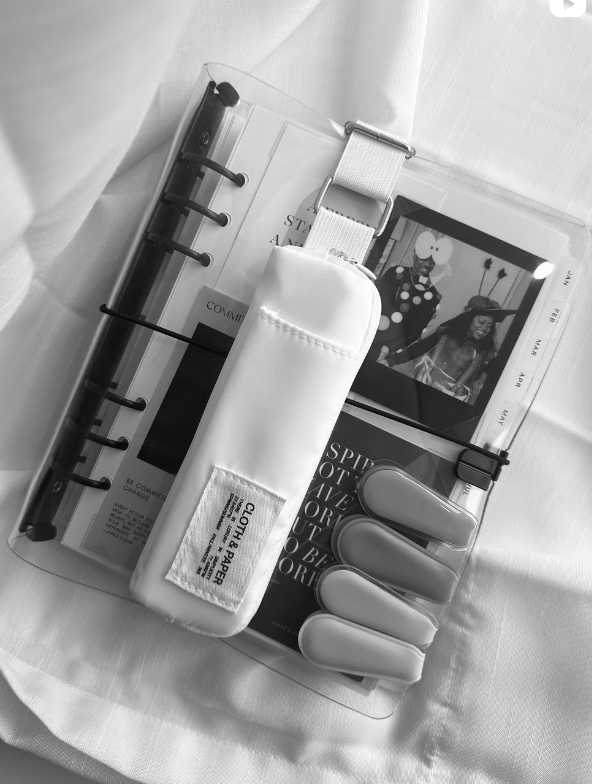

Step 1: The Dreaming Session (How to Start Your Vision Board)
Most vision board tutorials start with magazines and scissors. Sarah says that's backwards. You can't curate images for a life you haven't imagined yet.
Start with an hour alone. Not 30 minutes, not "whatever time I have before the next meeting." A full hour where nobody needs you and nothing is urgent. This is harder to find than it sounds, which is why most people skip it and wonder why their vision boards feel generic.
Creating the Space
Make the space feel different from work. Make tea slowly, the kind that requires waiting for water to boil and watching leaves steep. Light a candle or incense if you have it. Sit somewhere comfortable, preferably under something weighted if you own a weighted blanket, or with a sleep mask on for the first few minutes if that helps you stop scanning the room for tasks.
You're trying to signal to your nervous system: this is not productivity time, this is not scrolling time, this is something else entirely.
The Question
Open a notebook to a blank page and sit with one question:
What does your life look like three years from now?
Three years specifically, not one, not five.
One year is too close → you'll just list problems that need solving
Five years is too far → you'll drift into fantasy
Three years → real change happens but the path is still visible
How to Write It
Write in present tense as if it's already true. Not "I hope to" or "I want to," but "I wake up at" and "my workday includes" and "on weekends I."
Describe the mundane parts alongside the aspirational ones:
Where do you have coffee?
What does your desk look like?
Who do you text on Tuesday afternoons?
What are you complaining about?
(Even the life you want will have minor annoyances, and including them makes the vision feel real rather than perfected.)
Sarah said this part took her 45 minutes and she cried twice, not from sadness but from the strange feeling of articulating things she'd been carrying around without language.
She wrote about having plants in her flat that stayed alive, which sounds trivial until you realise it represented having time to care for things, which represented not working 60-hour weeks anymore, which represented a completely different job than the one she had. She wrote about writing for publications that talked about rituals and intentional living instead of the finance blog she was stuck at. She didn't know The Ritualist existed yet. But she knew what the work would feel like.
Write for at least 30 minutes. Don't edit while you write. Don't cross things out because they sound silly or impossible. You're not making promises, you're exploring. The exploring is what matters.
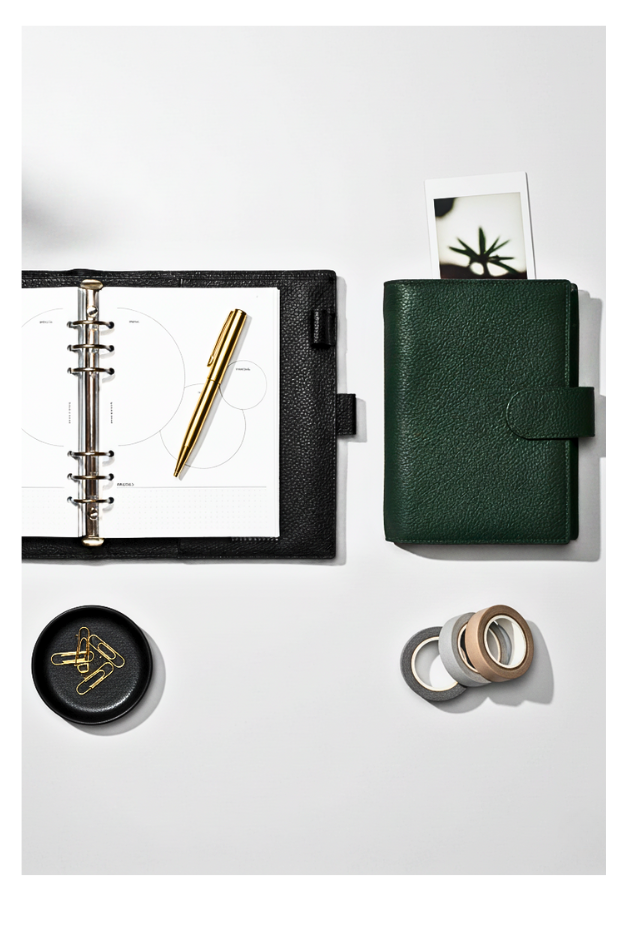

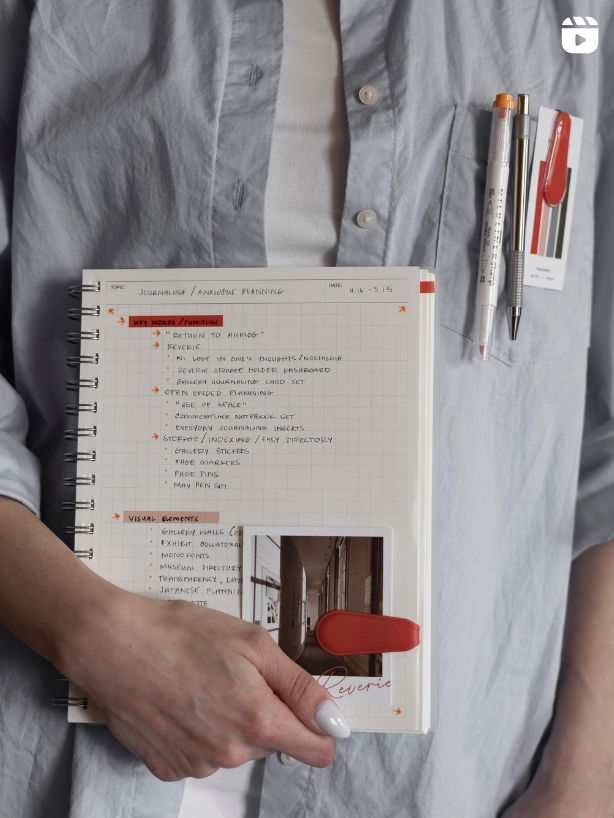

$260 - Heirloom Premium Leather Folio, CLOTH AND PAPER
Step 2: How to Collect Vision Board Images (The Pinterest Method)
The Collection Phase
Once you have 30 minutes of writing about your life three years ahead, you know what you're looking for. Now open Pinterest, but treat it like research, not like scrolling.
What to Search For
Search for images that match what you wrote. Some will be literal. If you wrote about working from a plant-filled studio, search "workspace with plants." If you wrote about living near water, search "coastal home interior." You're collecting outcome images, the visual representations of destinations.
But here's where most people stop too soon: you also need journey images.
If you want to write a book:
Don't just save published book covers
Save messy desks with coffee rings
Save crossed-out sentences
Save people staring at laptops in cafes
If you want to travel:
Don't just save pristine beaches
Save packed suitcases
Save boarding passes
Save the slightly chaotic energy of somewhere unfamiliar
The journey images teach your brain what the process looks like, not just the result. Otherwise you'll only recognise success when you've already arrived, and you'll miss every sign pointing you in that direction along the way.
The Feeling to Follow
You'll scroll past an image, keep going, then come back to it five minutes later because something about it won't let go. That's the feeling to follow. Not "this looks nice" but "this feels like something I need to remember."
Collect 50 to 100 images over a day or two. More than you'll use. You're gathering raw material, not building the board yet.
What's Happening in Your Brain
What's happening whilst you do this is invisible but significant. Your brain has a filtering system in your brainstem called the reticular activating system, which sounds technical but does something remarkably simple: it decides what information reaches your conscious attention and what gets ignored.
Right now, whilst you're saving these images, you're teaching that filter what matters. You're marking these patterns as important, worth noticing, worth bringing to your attention when they appear in real life.
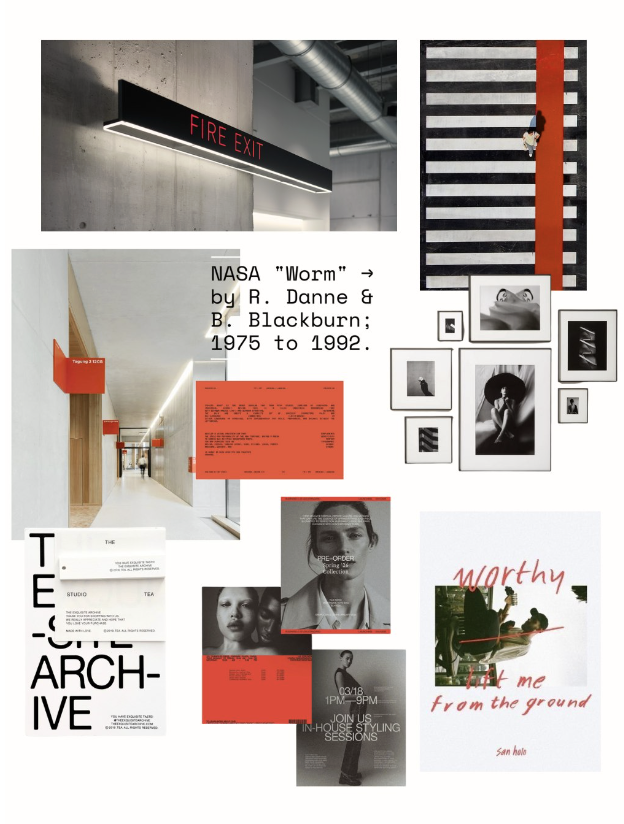

It's the same mechanism that makes you suddenly see a specific car model everywhere after you buy one. The pattern was always there. Your reticular activating system just started letting it through.
You're about to do the same thing, but intentionally.
Step 3: How to Edit and Arrange Your Vision Board
Edit: Delete the Repetition
Copy all the images into one document. Google Doc, Canva board, printed photos spread across your floor. Look at everything together and start deleting.
10 photos of minimalist workspaces → choose two
7 travel images with the same energy → keep one
Too many images means your brain has too many targets, which means no clear target.
Personalise: Make It About You
Now the part that feels absurd: personalise them.
Put your name on the book cover. Your name on the certificate. Edit yourself into the scenarios. Yes, it's uncomfortable. Your brain processes images of yourself differently than images of strangers. You're not admiring achievement, you're processing it as possible.
Do it anyway.
Arrange: Group by Theme
Arrange related images together:
Career here
Home there
Health somewhere else
Relationships in their own space
Your brain likes patterns. Grouped images train your filter more effectively than scattered ones.
Place: Make It Visible
Sarah spent one evening doing all of this and made it her phone lock screen. That's it. No frame, no printing, just her phone wallpaper. Every time she unlocked her phone (which was dozens of times per day), she saw it for two seconds. Not long. But consistently, daily, without having to remember.
Where to put your vision board:
□ Phone lock screen
□ Computer desktop
□ Inside a cupboard door you open every morning
□ Framed on your desk
□ Taped inside your wardrobe
Put it somewhere you'll encounter multiple times per day without effort.
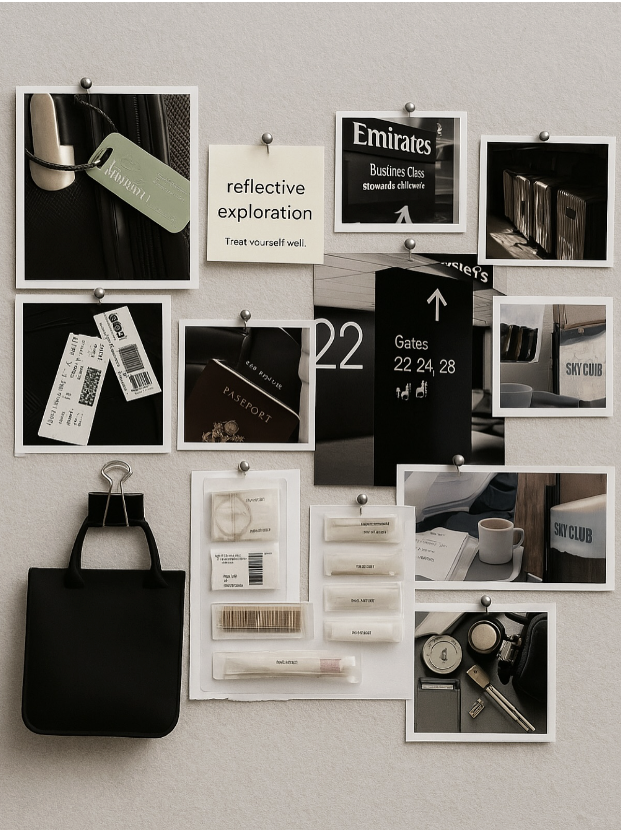

Spend one minute looking at it when you do. Not glancing. Looking.
This daily exposure trains your reticular activating system. Every time you look, you're reinforcing: these patterns matter, notice them in the world. And your brain does.
Vision Board Results: What Happened After 3 Months
Three months after making her vision board, Sarah noticed a "for sale" sign in a neighbourhood she'd driven through dozens of times before. The sign had probably been there. But this time, her brain flagged it: this matches something important. She called. Six weeks later she'd moved.
Five months in, she was scrolling through a job board she checked weekly and saw a listing for The Ritualist. She'd scrolled past lifestyle publications before. But this time, something about the description (rituals, intentional living, curated self-care) made her stop. Her vision board had an image of a laptop open to an article about daily rituals, another of a desk with plants and good light, another of someone writing with a cup of tea nearby. The Ritualist job wasn't exactly those images. But her brain recognised the pattern. She applied. Six months later, she's here.
How Vision Boards Work: The Neuroscience Explained
Your brain ignores almost everything. It has to.
Every second:
11 million bits of sensory information hit your nervous system
Your conscious mind processes 50 bits
The difference is where your reticular activating system (RAS) works
Without a Vision Board
Your RAS filters based on:
Immediate needs
Existing patterns
Problems (because they demand attention)
Threats (because survival instincts override everything)
With a Vision Board
You're teaching your RAS new patterns. Look at images repeatedly, and you're value-tagging them. Your brain starts filtering for opportunities, information, and resources that match.
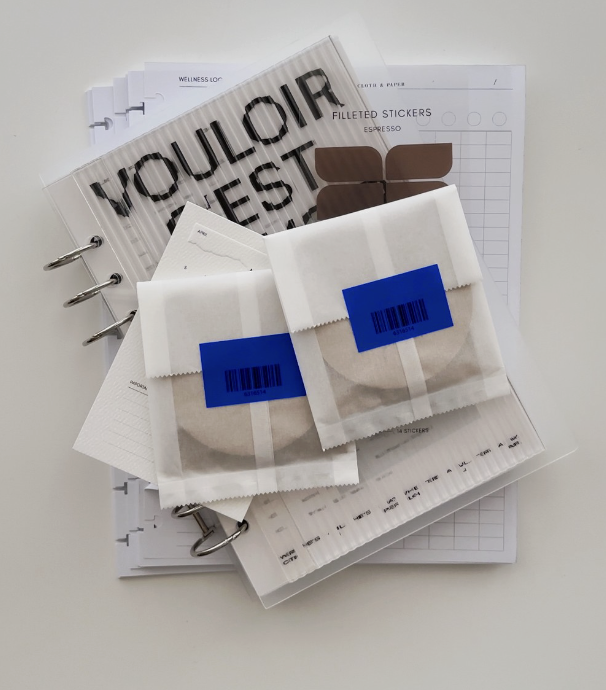

This is why vision boards feel like they "attract" things. They don't. You're noticing. But unnoticed opportunities might as well not exist.
Sarah had probably scrolled past similar job listings before. Her reticular activating system just wasn't filtering for them yet.
Why Images Work Better Than Words
When you read "find meaningful work" → your brain registers an abstraction
When you see an image of yourself doing that work → your brain processes possibility, which feels different, creates different motivation
The vision board works with how your brain already operates instead of against it.
How to Use Your Vision Board Daily (The Action System)
Vision Boards Train Your Filter. They Don't Do the Work.
After moving to the new neighbourhood, Sarah started noticing a pottery studio she'd walked past before when visiting the area. Her brain flagged it: this matches. She went in. She signed up.
The vision board didn't make the studio appear or the job listing exist. It made her notice them, which made her act, which changed her Tuesdays and her career and eventually led to this article.
You Still Have to Walk Through the Doors
You'll notice more. You still have to take the opportunities.
Pair your vision board with something practical:
Quarterly goals
Monthly check-ins
Weekly plans
The vision board is the compass. The execution system is the map. You need both.
TWO ACTIONS. TODAY.
Before you close this, identify two actions for today:
One for starting the vision board:
Make tea and sit with a notebook for 20 minutes
One towards something you know belongs on it:
Send the email. Book the thing. Make the call.
Small actions count. Your brain learns through doing, and the first doing starts now.
What You Need to Create a Vision Board (Supplies List)
For the Dreaming Session
Something that signals stopping (weighted blanket, sleep mask, candle, incense)
Something warm to make slowly (tea, coffee)
A notebook that feels pleasant to touch
For Creating
Time (two to three uninterrupted hours)
A cleared surface
Whatever tools you prefer (Canva, scissors and glue, doesn't matter)
For Daily Practice
Somewhere visible
One minute per day


